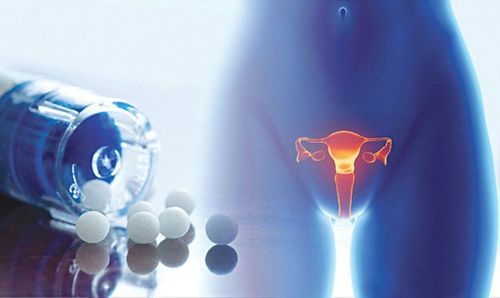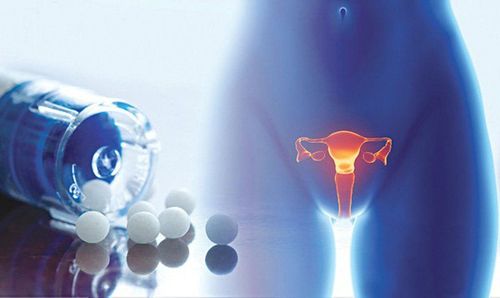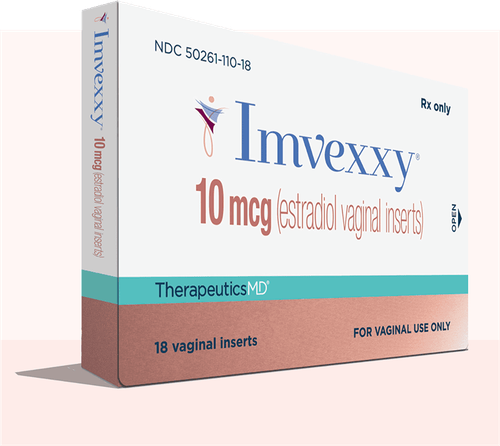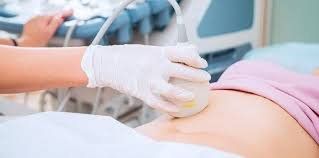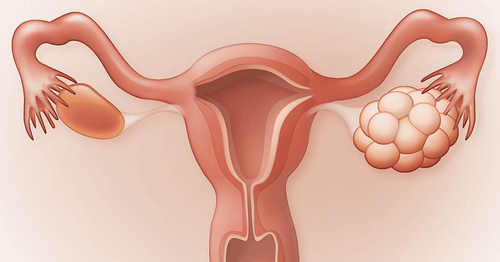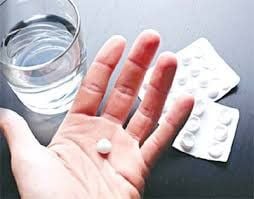This is an automatically translated article.
The article was professionally consulted by Specialist Doctor I Le Thi Phuong - Obstetrician and Gynecologist - Department of Obstetrics and Gynecology - Vinmec Ha Long International Hospital1. Treatment of primary ovarian failure
Although there is no cure, primary ovarian failure can be treated with treatments to relieve symptoms and potential complications caused by low estrogen levels.Hormone replacement therapy (English name is Hormone replacement therapy and abbreviated HRT) is most commonly used in the treatment of primary ovarian failure. This treatment usually combines estrogen and progestin in a variety of forms, such as an oral tablet, a skin patch, or a vaginal tablet.
Doctors often prescribe calcium and vitamin D supplements to prevent bone loss caused by decreased estrogen levels. If you have not been in the habit of exercising before, you will need to exercise because exercise helps strengthen bones and healthy heart.
If you want to get pregnant, but your primary ovarian failure makes you infertile, you should consult a fertility specialist to find out what options you can make.

2. Purpose of hormone therapy in primary ovarian failure
For adolescents with primary ovarian insufficiency, the goal of treatment is to replace the hormones that the ovaries produce before menopause, so this is different from hormone therapy treatment during menopause. focuses on treating menopausal symptoms.
The goals of hormone therapy are not only to relieve symptoms of the disease, but also to prevent bone disease, cardiovascular diseases and sexual health. Regardless of the cause of primary ovarian failure, the patient is estrogen deficient. Therefore, young women with primary ovarian insufficiency may require higher doses of estrogen than postmenopausal women to ensure adequate replacement and optimal bone health.
For patients of puberty whose mammary glands are absent or incompletely developed, the treatment regimen should begin and gradually increase the dose of graduated progesterone until the mammary glands are fully developed in order to prevent tubular breast formation.
For patients who have not yet begun or have not completed the developmental process of puberty and reproductive maturity, parents should consult with specialists in pediatric hormone therapies.
Once puberty is complete, hormone therapy will need to be continued to ensure long-term health. Daily hormonal support is aimed at maintaining normal estradiol levels in the ovaries.

Cyclical progesterone supplementation for 10 to 12 days per month protects against endometrial hyperplasia and reduces the risk of endometrial cancer.
| Estrogen | Progesteron |
|---|---|
| Liên tục | |
|
1-2 mg micronized 17β-estradiol mỗi ngày (uống) |
2,5-5 mg medroxyprogesteron uống hàng ngày |
|
100 micrograms 17β-estradiol mỗi ngày (miếng dán) hoặc kết hợp estrogens 0.625–1.25 mg mỗi ngày |
100 mg micronized progesteron uống hàng ngày |
3. Risks of hormone therapy in primary ovarian failure
Blood clots in the veins (venous thrombosis) Blood clots can cause deep vein thrombosis (DVT). In some women, this clot can travel to the lungs and cause a pulmonary embolism (PE). Both DVT and PE are called venous thrombosis. Women treated with hormone replacement therapy for primary ovarian failure who take the pill are at increased risk of developing blood clots. In addition, people are more likely to develop blood clots if they have other risk factors that increase the risk of blood clots, such as obesity, a history of blood clots, and smoking.
However, this risk of blood clots does not appear if the patient only uses the patch or gel instead of taking the pill.
Stroke Several studies have shown a lower risk of stroke in women taking hormone replacement therapy in combination or taking estrogen alone in pill form. However, this therapy did not increase the risk of stroke in women using the patch (or gel). In addition, oral hormone replacement therapy drugs containing lower doses of estrogen appear to be associated with a lower risk of stroke compared with those taking higher doses.
Customers can come to the Center for Reproductive Support - Vinmec International General Hospital. This is the leading center in Vietnam, which has developed and applied a comprehensive medical examination and treatment process, combining both gynecology and obstetrics and gynecology to provide the optimal method for each patient's case.

Advantages when customers choose Vinmec fertility center:
Equipped with modern equipment, clean air system according to international standards to ensure lab quality, single cabinet system to optimize quality embryo, improving the success rate for each cycle of artificial insemination. Implement most advanced assisted reproductive techniques in the world: ICSI (injection of sperm into the oocyte cytoplasm); support embryo escape membrane; Reproductive reserve: embryo freezing, sperm freezing, oocyte freezing to help customers take the initiative in giving birth at will, transferring embryos on day 5, minimizing pregnancy; male infertility techniques (PESA, MESA, TEFNA, TESE) Besides advanced reproductive support methods, a team of excellent doctors in the country and the world, with prestige and long-term experience in the field of infertility .
Please dial HOTLINE for more information or register for an appointment HERE. Download MyVinmec app to make appointments faster and to manage your bookings easily.
Reference source: www.acog.org




